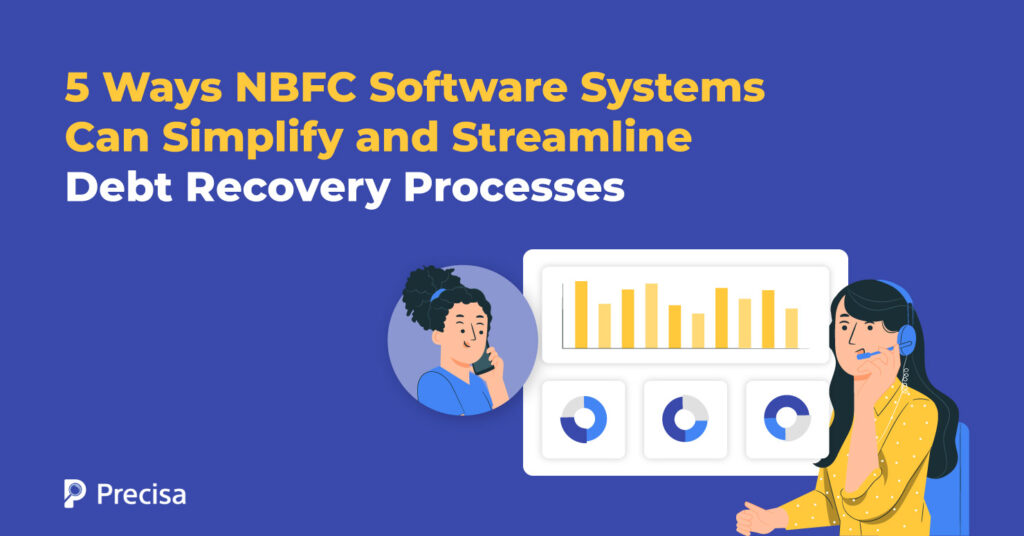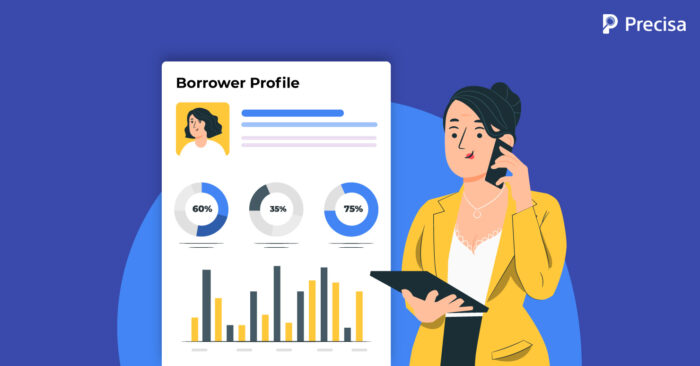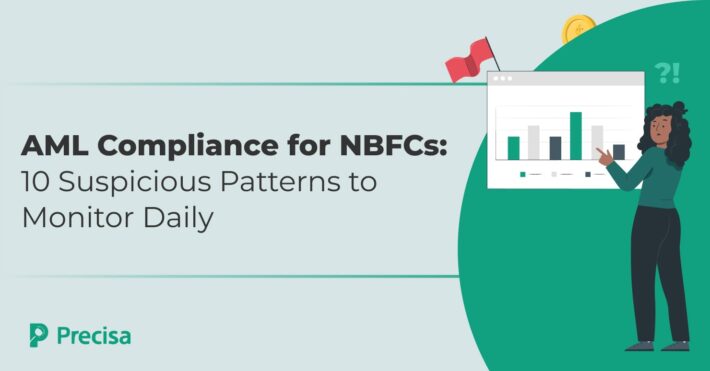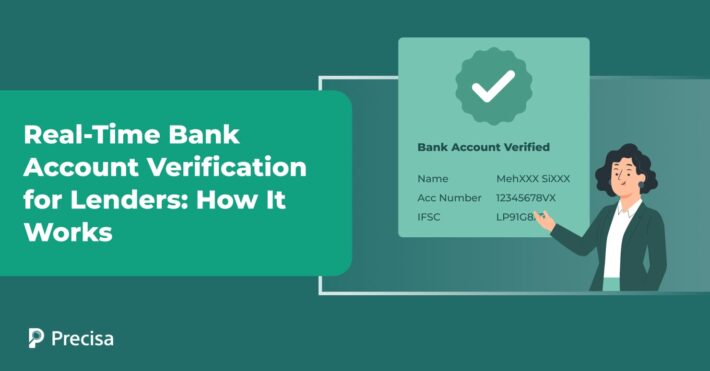5 Ways NBFC Software Systems Can Simplify and Streamline Debt Recovery Processes

The Economic Times reports that it could take upward of seven years to solve all the pending debt recovery cases in India. The report also states that more than 200,000 pending cases are waiting at the Debt Recovery Tribunals (DRTs) which handle around 30,000-40,000 each year.
Despite consistent efforts and timely reforms to improve the tribunal system, debt recovery is outperformed by other mechanisms including the Securitisation and Reconstruction of Financial Assets and Enforcement of Security Interest (SARFAESI) Act.
NBFC software platforms have emerged as an effective solution to tackle these barriers and transform loan recovery. This article explores how lenders can harness the power of these software tools to simplify debt recovery.
Entry of NBFC Companies
The arrival of non-banking financial companies (NBFCs) has introduced a new wave of innovation in the Indian financial landscape, adding significant value to India’s GDP. They bring with them, sophisticated tech designed to automate time-consuming and mundane tasks within a lending lifecycle.
However, there are a few downsides. The culmination of dated debt recovery processes, overburdened tribunals, and the increasing number of wilful defaulters have compelled lenders to transform their debt recovery practices. The solution? NBFC software.
What is NBFC Software?
NBFC software, as the name suggests is a tech tool or platform that empowers lenders to streamline their lending processes, boost operational efficiency, and provide better and transparent customer experience.
Lenders can leverage the benefits of these software tools to manage their loan portfolio and simplify loan recovery and collections.
Improve Debt Recovery and Collections with NBFC Software

Here’s how NBFC software systems can simplify your debt recovery processes:
1. Transition from Labor-intensive Processes to Smart Debt Collection
Traditionally, lenders resorted to manual recovery methods including delivering letters, updating the systems manually, and rigorously calling borrowers to make payments. While these methods did the job initially, they exposed lenders to manual errors and inconsistencies, damaging customer relationships, and mediocre recovery rates.
Modern tools including NBFC software leverage data to tackle these challenges and simplify debt recovery. These tools are primarily designed to minimise manual intervention and errors while automating mundane tasks by harnessing the potential of artificial intelligence (AI) and machine learning (ML).
AI and ML-driven debt recovery tools aid lenders enhance their collection process by predicting a borrower’s payment behaviour and crafting tailored communication strategies for every borrower.
Customised communication and understanding of a borrower’s payment behaviour pave the way for better collection success rates and transparent debt recovery.
2. Identity Verification and Auto-update Borrower Information
Identity verification is one of the major challenges faced by a majority of lenders due to their hostile attitude toward modern NBFC tools.
However, as technology becomes an indispensable part of the current financial landscape, more and more lenders are turning to data-driven and advanced tools to simplify identity verification and auto-update borrower information in their systems.
Apart from verifying the authenticity of a borrower, automated identity verification eliminates the need for manual identification and physical visits to lending institutions. Sophisticated software systems rely on contextual analysis and computer vision to detect fraudulent and tampered documents and incorrect applications and flag them if there are any discrepancies.
3. Segmenting Borrowers and Organising Data from Multiple Sources
Traditionally, many lenders either struggled or did not feel the need to segregate borrowers based on parameters including occupation, income, repayment date, borrowed amount, location, etc.
In short, lenders did not pay much heed to bifurcated loan buckets. Segmenting borrowers based on the aforementioned parameters allows lenders to define clear guidelines and processes for different borrower profiles.
Lending lifecycle management systems and NBFC software systems are loaded with features that can automate this step and improve borrower segmentation efficiency. These tools are also equipped to organize borrower data from different sources and update them automatically.
This way, debt collectors can invest their efforts in other important tasks including personalised outreach and crafting tailored debt recovery strategies.
4. Seamless Tracking of Debt Collectors and Recovery Agents Activities
Typically, there are a few performance indicators (KPIs) that most lenders use to monitor the performance of their recovery agents.
Some of these parameters are:
- Days Sales Outstanding (DSO): Average duration to collect from debtors.
- Promise to Pay (PTP) rate: Average number of outbound communication required before debtors promise to repay.
- Right Party Contacts (RPC) rate: Ratio of outbound calls that were made to the correct debtor.
- Collector Effective Index (CEI): The total amount of money collected against total receivables.
- Profit per Account (PPA): Total profit generated from every debtor on average.
Lenders have repeatedly agreed that tracking field activities and monitoring these KPIs can be time-consuming, inaccurate, and resource-intensive. NBFC platforms are capable of detecting irregularities, spotting low-performing resources, and ensuring recovery agents aren’t signing in from fake locations.
5. Improve Debt Collection Funnel
The ultimate objective of turning to NBFC tools is to optimise the debt collection process, boost operational efficiency, and build solid systems to enhance decision-making.
Timely reports on the total amount of debt collected, the number of responsive and non-responsive debtors, the average time to recover debt, etc provide clear insights into a borrower’s complete profile, incoming and outgoing payments, and other crucial parameters.
The intuitive and visually appealing dashboards play an important role in improving decision-making and transforming complex data into comprehensible data.
Final Thoughts
Although lenders and traditional financial institutions were reluctant to embrace technology to transform their operational processes and working cycles, the trend is gradually changing.
As awareness around the benefits of modern tools including NBFC software continues to grow, more and more lenders are turning to advanced tools to gain a competitive edge and provide better customer experiences.
While debt recovery and optimising the debt collection funnel remain the primary objectives, many lenders use NBFC software to provide loan products that cater to the borrower’s unique requirements.
As a cloud-based analytics platform , Precisa offers a sophisticated and customer-centric financial data analytics tools that empower NBFCs, banks, and financial institutions to make data-driven decisions.
Lenders can automate mundane tasks to transform lending and reduce NPAs with our cutting-edge tools developed to simplify financial data analysis.
Schedule a free demo today!



